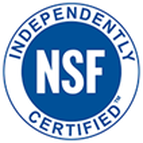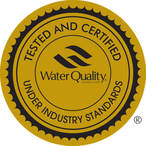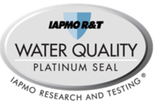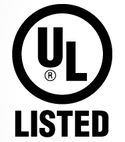Certification ensures that the device is made from safe materials and the contaminant reduction claims listed on the packaging are verified by independent data. Search the databases below for water treatment devices that have been certified to NSF/ANSI standards.
Before purchasing a treatment device, consider which contaminant(s) you need to remove, potential space and installation limitations, costs associated with maintenance of the device, and your home's water supply (i.e., municipal/city water or private well). While no single technology can remove all contaminants, a combination of processes can be used to reduce a wide array of contaminants.
Maintenance: If you have a filter to remove contaminants, maintain it according to the manufacturer’s specifications. This might include cleaning it, replacing filter cartridges, and/or calling in a professional for service. Filters overdue for cleaning or replacing may no longer work properly to remove contaminants and may let foul tastes and odors remain in your tap water.
Before purchasing a treatment device, consider which contaminant(s) you need to remove, potential space and installation limitations, costs associated with maintenance of the device, and your home's water supply (i.e., municipal/city water or private well). While no single technology can remove all contaminants, a combination of processes can be used to reduce a wide array of contaminants.
Maintenance: If you have a filter to remove contaminants, maintain it according to the manufacturer’s specifications. This might include cleaning it, replacing filter cartridges, and/or calling in a professional for service. Filters overdue for cleaning or replacing may no longer work properly to remove contaminants and may let foul tastes and odors remain in your tap water.
|
Water Quality Association (WQA) - wqa.org
|
|
International Association of Plumbing and Mechanical Officials (IAPMO) - iapmort.org
|
|
CSA Group - csagroup.org
|
|
ICC Evaluation Service - icc-es.org
|









